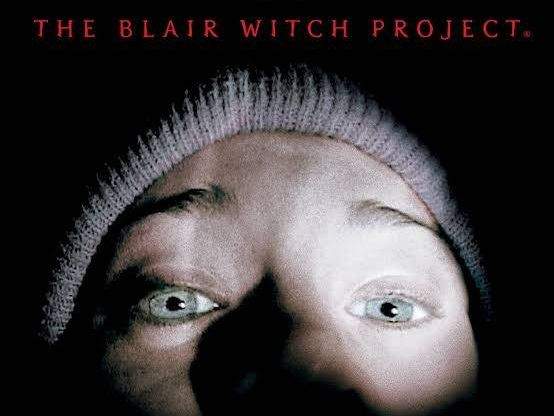Transmedia Marketing In The Blair Witch Project
Transmedia texts have historically been produced to provide audiences with the opportunity to engage in interactive story worlds, through exploring various media platforms. An example of this was witnessed in The Blair Witch Project’s (1999) viral marketing campaign, which applied the concepts of Transmedia storytelling to promote the film. Notably, the marketing team’s use of innovative technologies, such as the Internet, as well as method advertisement across both digital and printed mediums, quickly incited success. This essay will hence explore how The Blair Witch Project’s narrative elements were interspersed across different mediums to engage a broader demographic.
Narrative Synopsis:
The Blair Witch Project’s fabula revolves around the journey of three amateur film students, whom begin creating a documentary on the mysterious Blair Witch in Maryland. However, whilst constructing this film in Maryland’s Blackwood forest, the film makers begin noticing several unusual occurrences. As the story continues, these occurrences intensify until the three protagonists become lost, allegedly disappearing. The szyujet is, hence, built to convey this narrative through an eerie ‘found footage’ horror style, as this contributes to the story’s intrigue by framing it as non-fictional. Most notably, the use of symbolic imagery, amateur recording equipment and somber tones, were all imperative in establishing a disturbing aesthetic.
Medium 1 – Online Marketing:
Prior to the film’s release, The Blair Witch Project’s marketing team established an innovative website which enthralled potential viewers by portraying the story as non-fiction. Specifically, this website’s integration of news interviews on the narrative events, as well as forged articles on the disappearances, incited intrigue by revealing ‘clues’ into the broader story. Such evidence, thus, allowed the narrative to evolve beyond its initial events and actions by creating a realistic aftermath. In utilising this tactic, the marketing team also adhered to the laws of media specificity, through establishing clickable content that thrived in the interactive setting. This consequently attracted critically active thinkers who were more interested in solving the mystery themselves.
Medium 2 – Print Media:
In conjunction with the online narrative elements, a range of print advertisements were also utilised to enhance The Blair Witch Project’s appeal. In particular, the design of authentic Missing Person posters and articles, which were publicly displayed, was a paramount strategy in building anticipation. This is because print media gave the narrative a legitimate feel, as the story’s entities became tangible within a real-world setting. Evidently, the marketing team was able to shape their content to capitalise on the printed medium’s credible nature, which engaged audiences less attuned to digital platforms. Printed content also regularly incorporated links to falsified case documents, expanding the story by solidifying that its events were factual.
Medium 3 – The Film:
While the aforementioned mediums were undoubtedly important factors in The Blair Witch Project’s success, it was the film itself that incorporated the most prominent narrative elements to convey its story. This is particularly observable in the fabula of the narrative, as each of the elements encompassed under this term were expanded upon deeply in the film. Contrary to the previous mediums however, this form of media was not designed for critically active thinkers, but was instead focused on mass-consumption. The marketing team thus shaped the film to fit the medium’s casual viewing function, by providing a visual representation of the story in a clear and understandable manner.
The extent to which audiences engage with Transmedia story worlds is often dependent on the context, role and marketing of the narrative. In The Blair Witch Project’s case, audiences from a multitude of differing backgrounds were all enthralled in the story. This was ultimately the result of a strong dispersion of narrative elements across several media platforms, which enabled a vast demographic to become engaged in the world. Evidently, The Blair Witch Project’s marketing campaign has established a precedent for how multimedia platforming can be implemented and should be considered by story tellers long into the future.
